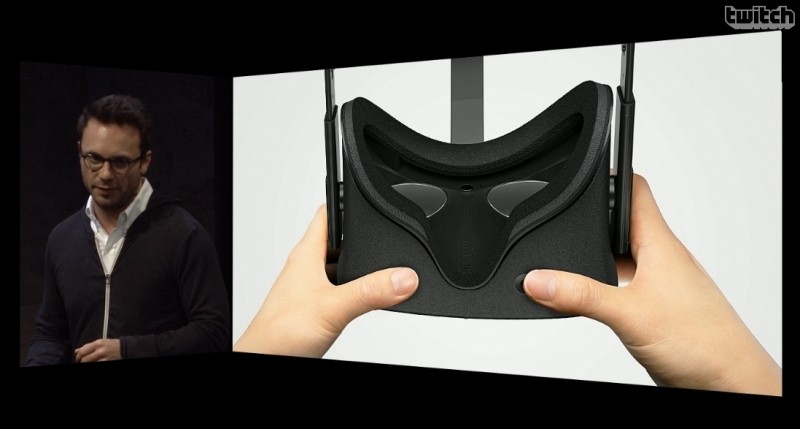The culmination of more than three years of research and development in the field of virtual reality came together for Oculus VR at Dogpatch Studios in San Francisco earlier today. It was at this venue that the Facebook-owned company unveiled for the first time the final consumer build of the long-awaited Oculus Rift.
The consumer Rift looks a lot like we've seen in the teasers leading up to the event. We learned today that it includes a new constellation tracking system as well as a standalone sensor that's used for desktop play.
We've also known that the Rift would include integrated audio. If you prefer to bring your own headset to the Rift, that's not a problem as the built-in headphones are easily removable.
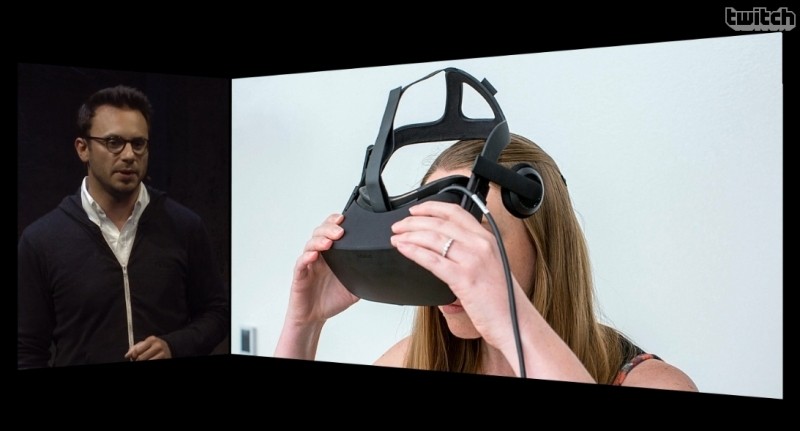
Oculus VR described the Rift as lightweight and comfortable to wear, both of which are critical when it comes to wearable gaming accessories. The company spent a lot of time working on its ergonomics and specific features, like the adjustable strap. While it may look it, the Rift reportedly isn't front-heavy so it shouldn't feel as if it is on the verge of falling off your face.
In what will be good news for many, the Rift was designed to accommodate those who wear eyeglasses. There's also a dial to adjust lens distance seeing as each person's eyes are slightly further apart or closer together than the next.
The Rift is wrapped in fabric for a soft touch although I wonder how good of an idea this is (surely it'll get dirty and attract sweat, oils from your face and other contaminants, no?).
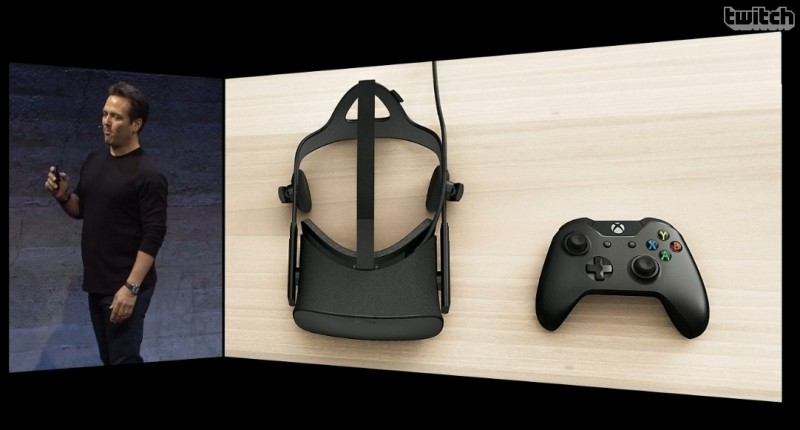
Oculus answered one of the biggest unknowns surrounding the Rift: input. The first consumer Rift will ship with an Xbox One controller and a PC adapter. This doesn't appear to be a long-term solution, however, as the company later revealed a prototype dual-controller system it's working on (more on that in a few).
The partnership with Microsoft extends beyond the gamepad as Windows 10 will feature native Oculus Rift support. The company also unveiled Oculus Home, a hub for all things Rift. Think of it like Valve's Steam, but for the Rift. It's where all of your games live; simply put on the Rift and you're dropped into Home.
Oculus said gamers will be able to see a VR preview of a game before buying it. There's also the usual social aspect with a friend list that lets you see what others are playing and jump right into the action. A 2D interface also exists meaning you don't have to put on the headset if you want to simply send a message to a friend or manage downloads.
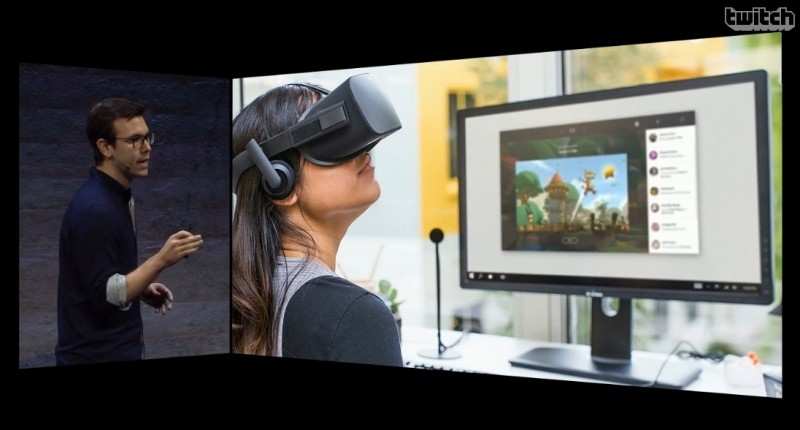
Oculus has worked with a number of game developers over the past year or so to build games and experiences for the Rift, a few of which were highlighted during the presentation.
Those in attendance got an early look at Eve Valkyrie, a version of the popular MMORPG designed specifically from the ground up for virtual reality. Gunfire Games was on hand to show a quick demo of their new game called Chronos while Insomniac Games took a few minutes to show off their VR title Edge of Nowhere.
These games will join Damage Core, VR Sports Challenge, Esper, AirMech VR and Lucky's Tale at E3 next week as playable demos.
To wrap up the event, Oculus showcased its prototype input device, Oculus Touch. Codenamed Half Moon, Oculus Touch is a pair of wireless hand controllers that aim to deliver hand presence - the sense of feeling that your virtual hands are your actual hands.
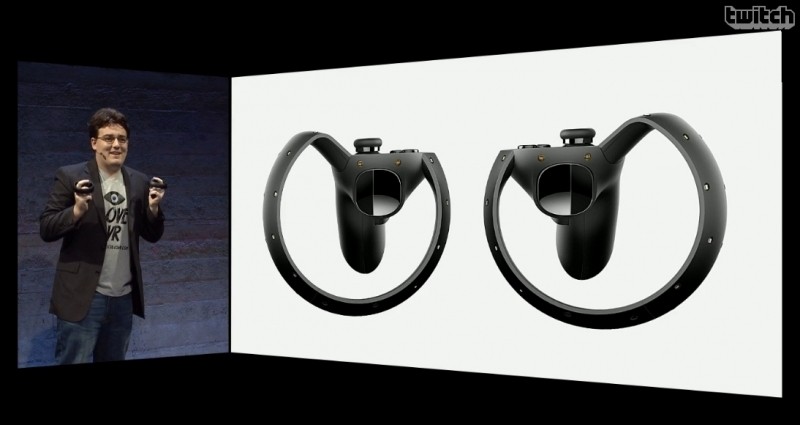
Oculus said they're attempting to build a controller that feels natural and has a low mental load. In other words, they don't want you to have to "think" too hard to use it. The controllers can register communicative gestures like a thumbs-up and feature traditional inputs in the form of buttons and analog sticks. There's also haptic feedback built into each controller for a more life-like experience.
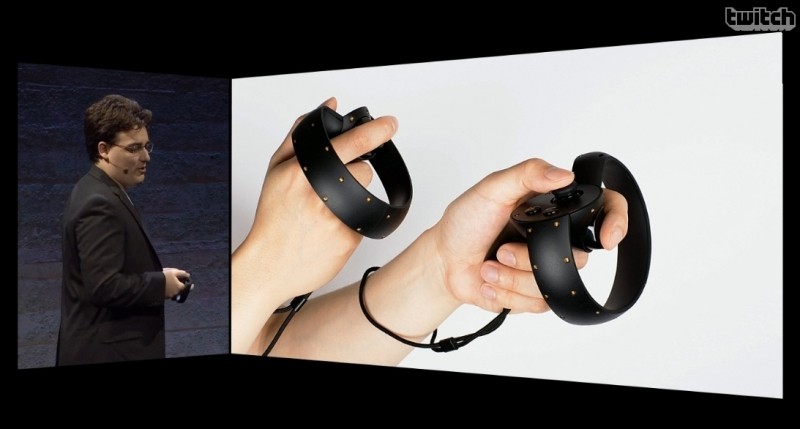
Unfortunately, the event ended without revealing the one key question on everyone's mind: how much will the Oculus Rift cost? Maybe we'll get more answers at E3 although I wouldn't hold my breath.
